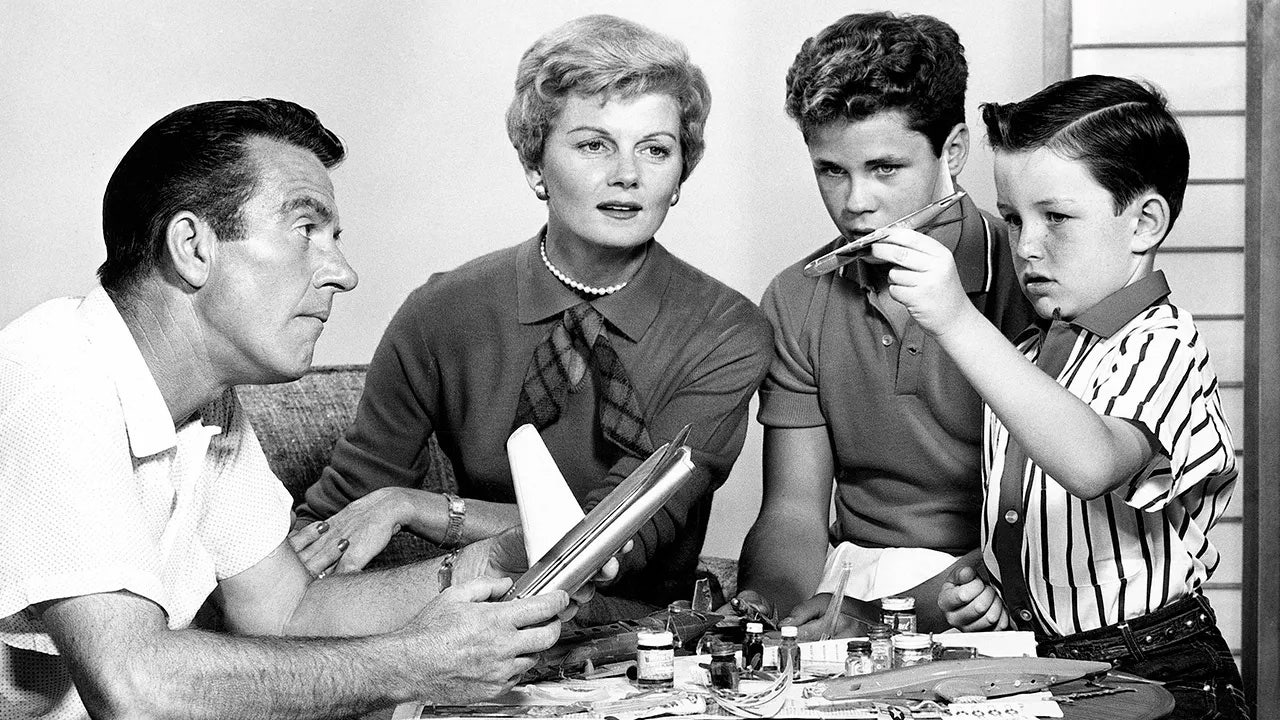The legendary American spymaster James Jesus Angleton famously described counterintelligence as a “wilderness of mirrors.” In his new book The Illegals: Russia’s Most Audacious Spies and Their Century-Long Mission to Infiltrate the West, journalist Shaun Walker charts the fascinating history of a unique group of Russian intelligence operatives who inhabited that wilderness—and, more often than not, were consumed by it.
Lies and deception are inseparable from the intelligence trade. But one group of spies, Russia’s illegals, took it to another level, gaining both renown and infamy in the process. As Walker observes, “there is nothing quite like [the program] in the history of espionage.” Various intelligence services have disguised their members as foreign nationals, “but never with the scope or scale of the KGB program.” The illegals, he convincingly argues, are “something uniquely Russian, rooted in the country’s historical experience.”
For many in the West, the illegals first came to popular attention in 2010 with the arrest of Anna Chapman for espionage. A doppelgänger for the actress Scarlett Johansson, Chapman was posing as a real estate agent and entrepreneur in New York at the time of her capture. In fact, her real name was Anna Vasilyevna Kushchenko, and she was a Russian spy. Chapman’s youth and movie star looks made for good tabloid fodder. More broadly, her arrest, and the simultaneous discovery of additional spy rings in the West, signaled that Vladimir Putin’s Russia was back to the Cold War games of old.
In 2013, FX’s hit television series The Americans debuted. The series starred Keri Russell and Matthew Rhys as two Soviet KGB officers posing as an American married couple living in the D.C. suburbs in the 1980s. They spend more than a decade spying for the motherland while simultaneously running a travel company and raising a family, their characters both loathing and enjoying the very American dream that they’re duty bound to destroy. Series creator Joe Weisberg had become interested in the Soviet Union’s use of illegals after a brief stint in the CIA.
But truth is often stranger than fiction.
Moscow did place men and women under deep cover in the West and, indeed, throughout the rest of the world, including in the Soviet bloc itself. They raised families and had children abroad. And many of these children never knew that their parents were Russian, let alone spies, until they were exposed. As one former illegal told Walker, “A spy is an actor, but an actor that doesn’t need a public or a stage.” It wasn’t a career for loudmouths or those who craved public recognition for their work.
Many of these spies would spend decades under their assumed identities and names, their neighbors, coworkers, friends, and in some cases, spouses, none the wiser. For those in the United States and elsewhere, it is an almost surreal level of commitment to contemplate. A religious-like devotion to communism and Russia were prerequisites. As George Blake, the British KGB agent and infamous turncoat, once bragged, “Only an intelligence service which works for a great cause can ask for such a sacrifice from its officers.”
Russia painstakingly engineered their backstories, referred to as legends, before employing them against her enemies. It often took years for these men and women to be ready for deployment on the intelligence battlefield.
As Walker makes clear, the creation of the illegals program is inseparable from the birth of the Soviet Union itself. Many of the founders of the regime, men like Vladimir Lenin and Leon Trotsky, practiced konspiratsiya (which roughly translates to “subterfuge”). The practice was common among many anti-tsarist groups and was not exclusive to the communist underground. The tenets of konspiratsiya included the use of forged papers and aliases, as well as code names and numbers to hide identities. Lenin and Trotsky, like many of their compatriots, often used disguises and invented personas in their bid to evade arrest by the Okhrana, the tsar’s feared secret police.
When the Bolsheviks finally seized power during the Russian Revolution, konspiratsiya had been key to their success. Lenin almost immediately set up the Cheka, the forerunner to the NKVD, the KGB’s progenitor. The ongoing Russian Civil War would be their first proving ground, and the Bolshevik heritage of konspiratsiya, “honed over two decades of underground work using disguises and false identities, became priceless.” In June 1919, the Cheka set up an “illegal operations department to manage the network of those deliberately ‘left behind’” enemy lines to foment sabotage, disorder, and doubt. It was an auspicious beginning.
Indeed, these early years were the heyday for the budding illegal network. Soviet intelligence lore would refer to many of these men and women as the Great Illegals. In many respects, the success of the illegals program during this period was the product of timing. Numerous empires—the Ottoman, the Austro-Hungarian, the German, and the Russian—had been shattered by World War I, and the map of Europe had been redrawn.
Accordingly, the center that oversaw the illegals program benefited from comparatively lax border restrictions, as well as an influx of immigrants and well-traveled polyglot operatives. Among other identities, illegals posed as European aristocrats, Persian merchants, and Turkish students, implanting themselves in largely unsuspecting countries, many of which had yet to come to terms with the true scope and scale of the communist menace.
Yet, many illegals would become victims of their own success. By existing for years outside of the nascent Soviet Union, many of these same operatives fell under suspicion from the very regime they served, becoming victims of Stalin’s purges in the 1930s. This aspect, as well as the more stringent border restrictions that followed World War II, prevented the program from benefiting from the same pool of talent it enjoyed during the interwar period. Instead, the KGB would be forced to recruit and train ordinary Soviet citizens—a process that often took years.
Illegals working in the United States faced significant hurdles. They were often forced to adopt working-class trades, their prior educational backgrounds and certificates of little use. Consequently, many illegals had trouble penetrating the elite institutions the center had in its sights. As Walker implies, for all of the crucial work in building and maintaining their cover, the illegals operating in the United States often produced comparatively little that justified the center’s investment. In fact, the program’s greatest feats were often outside of America’s borders. For example, illegals were key to Operation PROGRESS, the Soviet effort to penetrate and discredit counterrevolutionary groups in communist Czechoslovakia in the 1960s.
The illegals program was costly in other ways too. Living a life built on lies, and destroying lives in the process, eventually consumed many spies. Not a few succumbed to depression, drink, and divorce, ultimately broken by a job underpinned by betrayal and paranoia. Even the most capable couldn’t go on forever.
As the great spy novelist John le Carré observed: “Once you’ve lived the inside-out world of espionage, you never shed it. It’s a mentality, a double standard of existence.” That existence, bleak and heartless as it often was, destroyed both lives and nations.
The Illegals: Russia’s Most Audacious Spies and Their Century-Long Mission to Infiltrate the West
by Shaun Walker
Knopf, 448 pp., $32
Sean Durns is a Washington, D.C.-based foreign affairs analyst. His views are his own.
Read the full article here








